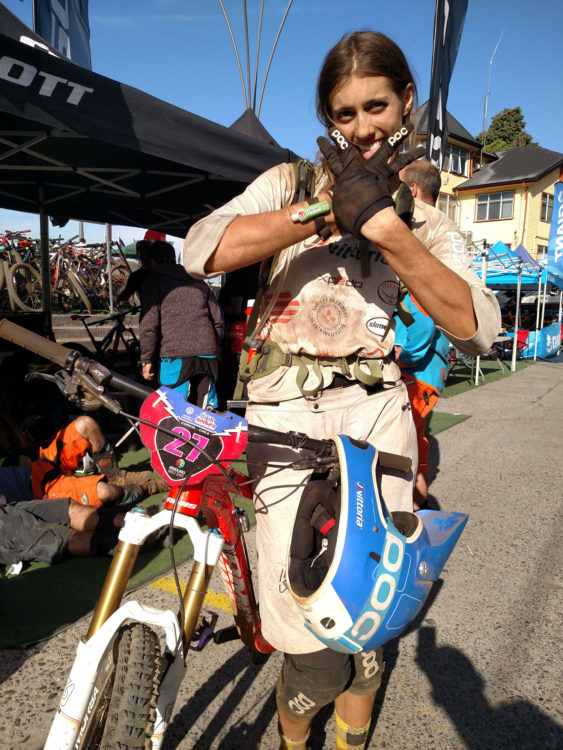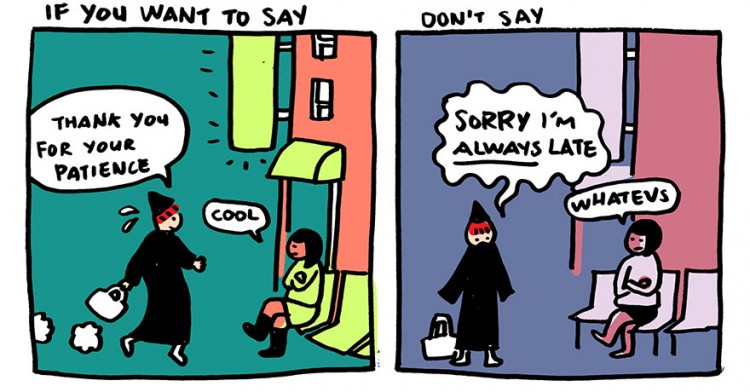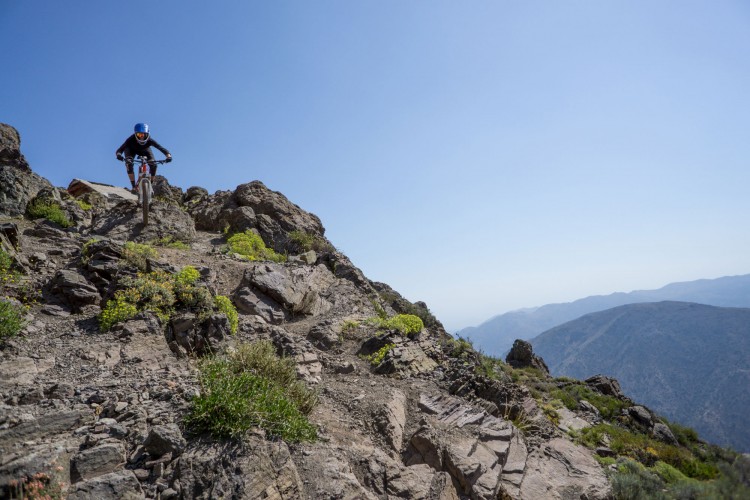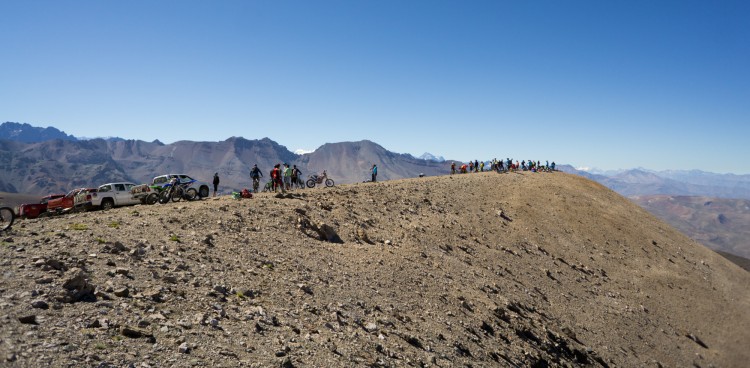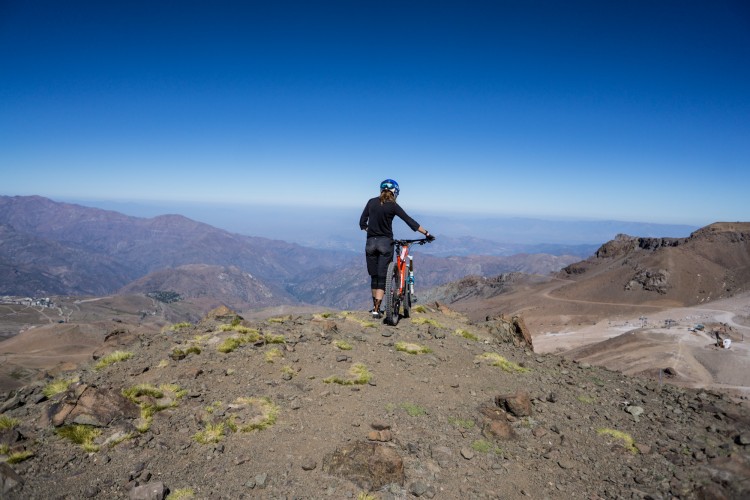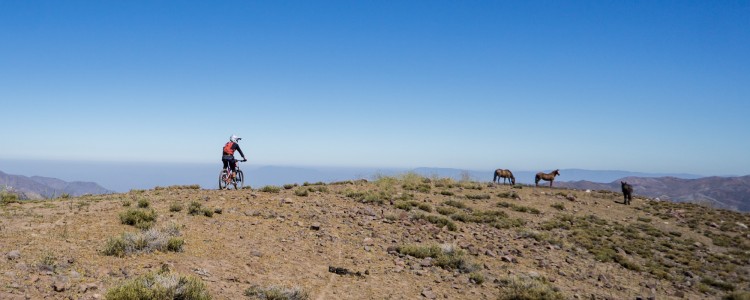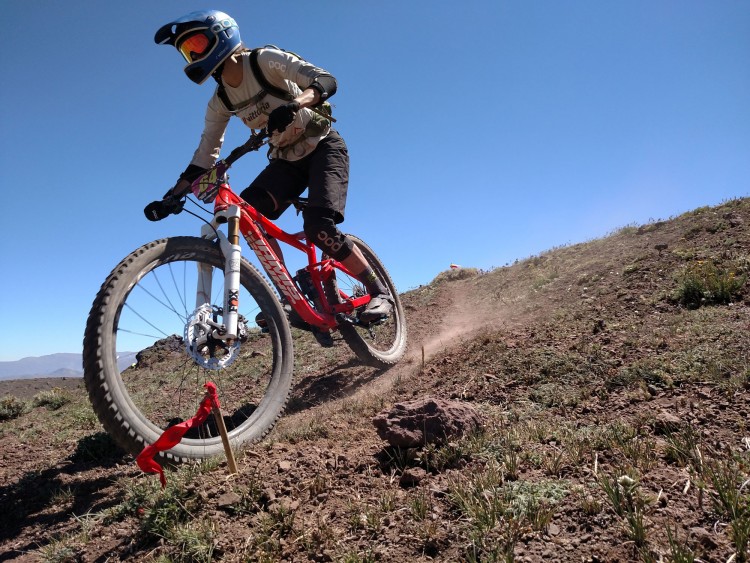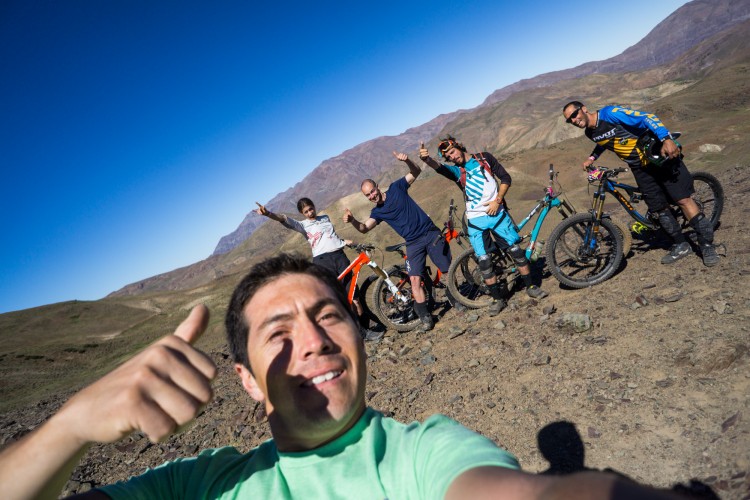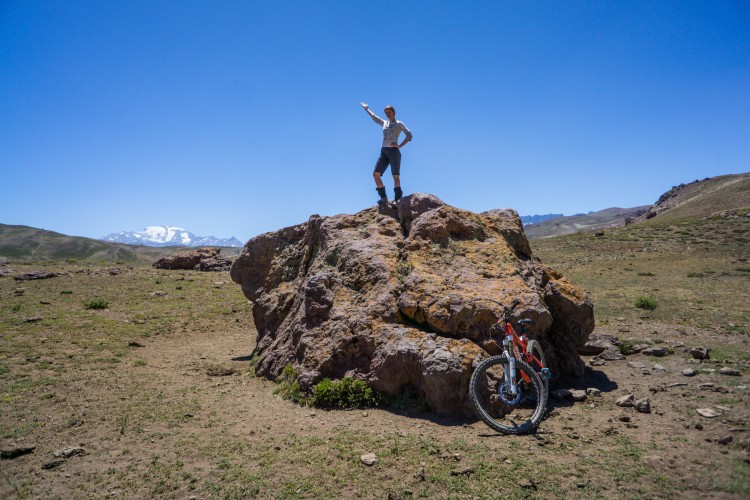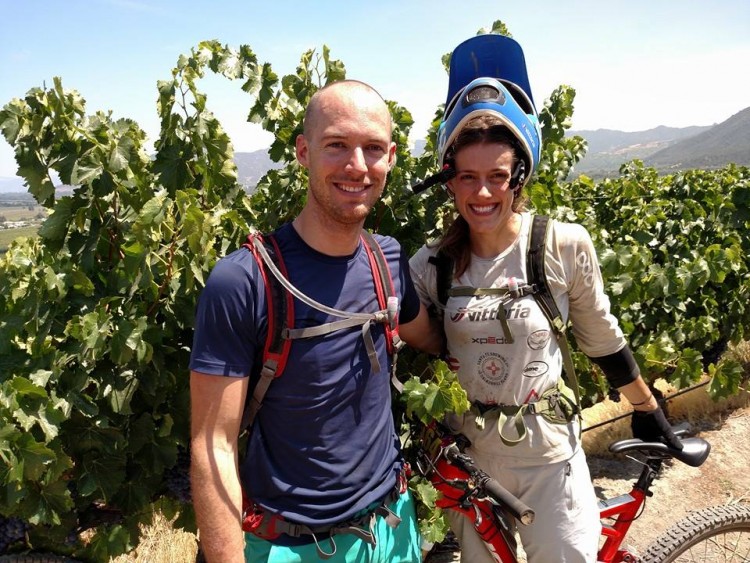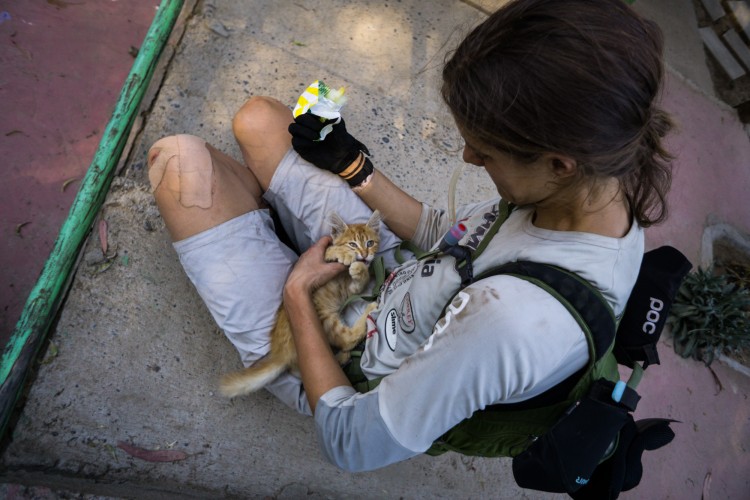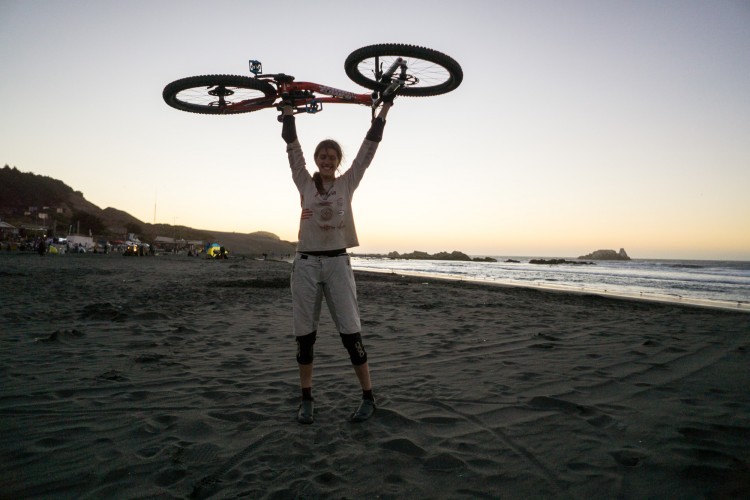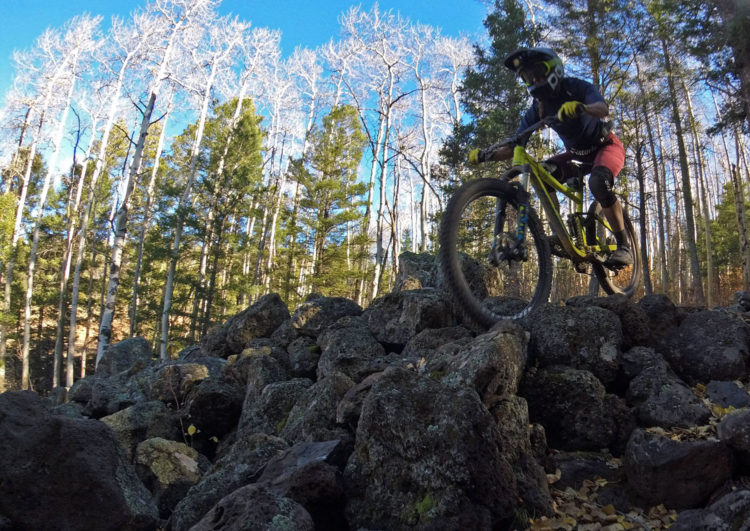
A few weeks ago, I stood at the top of the infamous Graveyard section at Angel Fire Bike Park for what felt like the 100th time.
Ol’ Graveyard and I go way back. The first time I rode it was in 2013, in my first ever enduro race, when I took a wrong turn in my race run, failed to notice all the “extreme,” “experts only” and “FREERIDE” signs and bumbled halfway down it on my 120 mm xc bike. Then I walked/down-climbed the rest of the way in tears because for f&cks sake, if this was enduro, COUNT ME OUT.
Fast forward to 2015. My second attempt had several things going for it — 1) it was on purpose, 2) I had just gotten a downhill bike and 3) I was wayyyyy better at riding bikes than I had been in 2013. But still, no dice. While it was not nearly as traumatic as the first attempt I did manage to tip over at 0mph and scratch the stantions on my brand-new, sparkly DH bike so soooo much for that.
2016. I didn’t attempt Graveyard until the end of the season. Looking back, I can see that I was mentally fried. I needed the mental boost of riding a new section, of accomplishing something – ANYTHING – so I went to Graveyard, and well, maybe you can see where this is going, I failed. Over and over again. I didn’t crash but I would get to the same spot and I just wouldn’t be able to do the last committing move. I was going too slow. My brain was just refusing to let me commit. Graveyard was my barometer, my measuring stick, how I judged my progression — and by that gauge, I had failed. And because it meant so much, it was more than a failure, it was a mandate on my lack of my progress and my hopes and my dreams and kind of everything. It was a harbinger of how my off-season was going to go — a lot of standing at the top of features and crying and saying “I can’t.”
A lot happened between that failed attempt in 2016 and a few weeks ago. A rough season filled with crashes and illness and other disappointments drove all thoughts of Graveyard from my mind. It came up a few times — a friend telling me he would never ride it on a trailbike. Another friend (and a good rider) telling me he thought it was a stupid and dangerous trail. Slowly, it started to occur to me that not riding the hardest trail on the mountain, the trail that almost nobody bothers to ride, was maybe not as big of a deal as I had thought. I finished 2017 even more mentally destroyed than I had finished 2016, but then I did something different — instead of turning to the bike, and Graveyard, for confirmation that I had progressed, that I was good at riding bikes, that I wasn’t a failure, I stopped looking for that confirmation at all. I took a month away from the bike and any sort of training. I radically altered my coaching program and my plans for the off-season. I started seeing a sports psychologist. I slept a lot and I read mystery novels and I worked on our new van and I went for hikes and, basically, I stopped giving any f&cks about little 100 meter long trail called Graveyard.
In fact, I forgot it even existed until our second to last lap on closing day when I thought, hey, maybe I should go look at that trail again, because hey, why not.
And so, there I was, standing at the top of Graveyard for the 100th time, except this time I was thinking “why on earth was this ever difficult? It’s just a little pile of rocks.” And then I rode it perfectly a few times because hey, why not and then I went on with my day.
I am not a dramatically better rider now than I was a year ago. I wasn’t able to ride this trail because I acquired some new skill or did 100 push ups in the gym. I just stopped trying to force myself to progress. I stopped thinking that riding Graveyard meant anything more than riding just another run-of-the-mill rock garden.
We’ve been thinking about progression all wrong. Progression is not overcoming fear. Progression is not forcing yourself to do things that scare you. Progression is not standing at the top of a trail feature and banging your head on the ground trying to get yourself to do it. Progression is the opposite of all that. It is the total absence of fear. It is looking at a section that used to scare you and wondering “what was the problem?” It is someone asking you “what did you do on that steep, gnarly section?” and you thinking “what section?”
You can’t force this kind of progression. The harder you try to tear it out, the more elusive it will become. It’s like the creative muse in this quote from Stephan King’s On Writing:
[The muse is] a hardheaded guy who’s not susceptible to a lot of creative fluttering…Your job is to make sure the muse knows where you’re going to be every day from nine ’til noon,` or seven ’til three. If he does know, I assure you that sooner or later he’ll start showing up.
Progression is the muse. You have to put in the work. You have to show up. And then, you have to be patient.
You can’t force progression. You can’t order the muse to show up and make it easy for you. You just have to be there, and be open — without judgement, without expectation, just OPEN. And if you can’t do that, you have to give yourself the space until you can.

